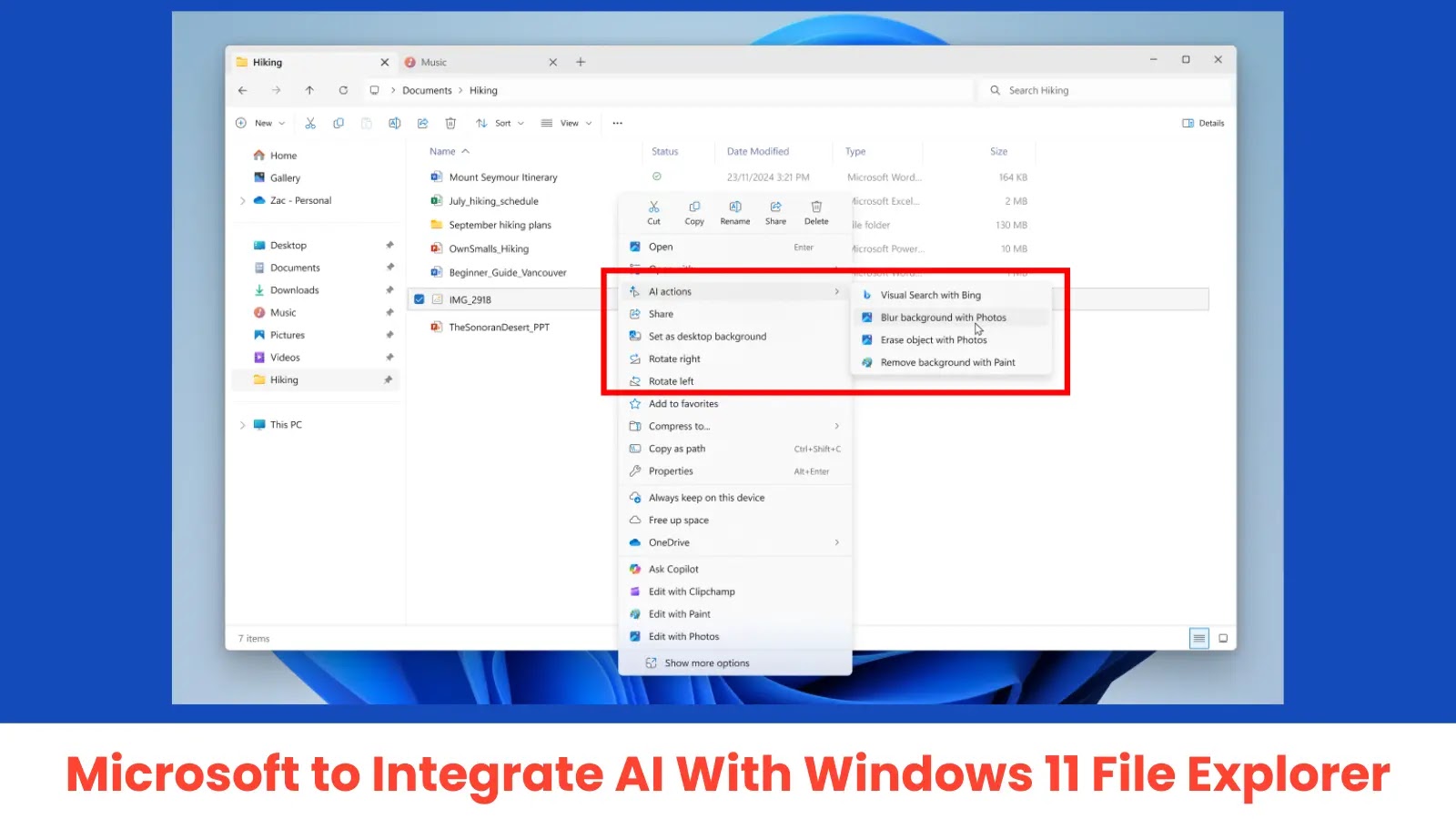Microsoft has recently addressed a significant security flaw in the Windows Kerberos authentication protocol, identified as CVE-2025-29809. This vulnerability allows attackers to circumvent security features and potentially access sensitive authentication credentials, posing a substantial risk to enterprise networks.
Understanding the Vulnerability
The flaw resides in the insecure storage of sensitive information within Windows Kerberos. This weakness permits authorized attackers to locally bypass Windows Defender Credential Guard, a security feature designed to protect credentials from unauthorized access. By exploiting this vulnerability, threat actors can leak Kerberos authentication credentials, potentially compromising entire enterprise networks.
According to Microsoft’s advisory, the vulnerability has a low attack complexity but requires local access and low-level privileges to exploit. This means that while the attack is straightforward, the attacker must have some level of access to the target system. Microsoft has assessed the likelihood of exploitation as More Likely, emphasizing the importance of addressing this issue promptly.
Technical Details
Kerberos is a widely used authentication protocol that enables secure communication over non-secure networks by using secret-key cryptography. In this context, the vulnerability arises from how Windows Kerberos stores sensitive authentication data. An attacker with local access can exploit this flaw to bypass security features and access credential information that should be protected.
The vulnerability has been assigned a CVSS score of 7.1, categorizing it as Important. While there is no evidence of this vulnerability being exploited in the wild, the potential impact on enterprise security makes it imperative to address.
Patch Availability and Recommendations
Microsoft addressed this vulnerability as part of the April 2025 Patch Tuesday updates, which included fixes for over 120 vulnerabilities across various Windows components. However, it’s important to note that security updates for Windows 10 for x64-based systems and Windows 10 for 32-bit systems were not immediately available at the time of the advisory. Microsoft has stated that these updates will be released as soon as possible.
Organizations are strongly advised to implement the available patches promptly. For systems where updates are pending, it’s crucial to monitor Microsoft’s official channels for the release of the necessary patches.
Mitigation Strategies
In addition to applying patches, organizations should consider the following mitigation strategies:
– Review and Update Security Policies: Ensure that policies related to Virtualization-based Security (VBS) are up to date and redeployed using the latest guidance from Microsoft.
– Limit Local Access: Restrict local access to systems to only those users who require it for their roles.
– Monitor for Unusual Activity: Implement monitoring solutions to detect and respond to unusual access patterns or credential usage.
– Educate Users: Provide training to users about the importance of security features like Windows Defender Credential Guard and the risks associated with credential theft.
Conclusion
The discovery of CVE-2025-29809 underscores the ongoing challenges in securing authentication protocols and the importance of timely patching and vigilant security practices. Organizations must prioritize the implementation of security updates and consider additional mitigation strategies to protect against potential exploitation of this vulnerability.



